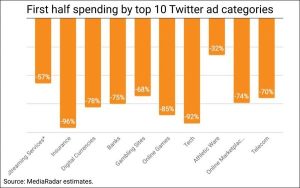New AI frameworks hint at Apple’s generative AI roadmap

Apple Inc. has quietly released new machine learning frameworks and model libraries, MLX and MLX Data, signaling a growing interest in pursuing generative AI applications, according to a recent The Verge report. The releases come as a surprise given Apple’s historically conservative approach to AI technology.
MLX is a machine learning framework optimized to run efficiently on Apple Silicon chips. It makes it easy for developers to build AI models that can run on MacBook and other Apple devices. MLX Data is a supplementary data loading framework.
According to Apple’s GitHub page, MLX draws inspiration from existing frameworks like PyTorch and Jax but is uniquely designed for seamless integration across Apple hardware, utilizing shared memory for faster model training. Developers have noted that MLX appears capable of training complex AI models comparable to Meta’s Llama and Stable Diffusion.
Will Apple pursue the ever-expanding generative AI space?
The launch suggests Apple may be poised to pursue the popular generative AI space, including text, image, and video generation, an area companies like Microsoft and Google have rapidly expanded into recently.
While Apple has utilized AI technology in its products for years, it has traditionally avoided labeling it as such, preferring terms like “machine learning.” The company also appears to have accelerated its AI development efforts this past September to evaluate foundational models for broader implementation.
Industry analysts theorize Apple may leverage its new frameworks to introduce innovative generative AI features across its services and devices — although the historically privacy-centric company will likely assess ethical implications closely first. Apple declined requests for further comment on its specific MLX, MLX Data, and generative AI plans.
Generative AI refers to a class of artificial intelligence capabilities focused on actually creating or “generating” new content rather than just analyzing data or responding to input. The most common types of generative AI generate synthetic text, images, audio, and video that closely mimic human-produced creative works.
Featured Image Credit: Photo by Armand Valendez; Pexels
The post New AI frameworks hint at Apple’s generative AI roadmap appeared first on ReadWrite.
(1)






